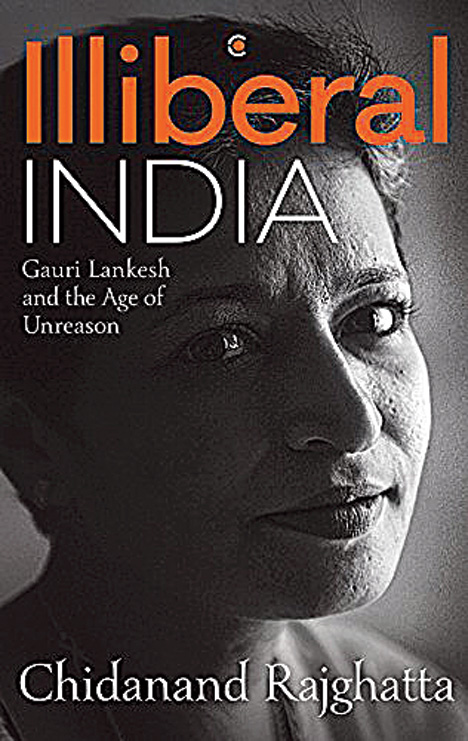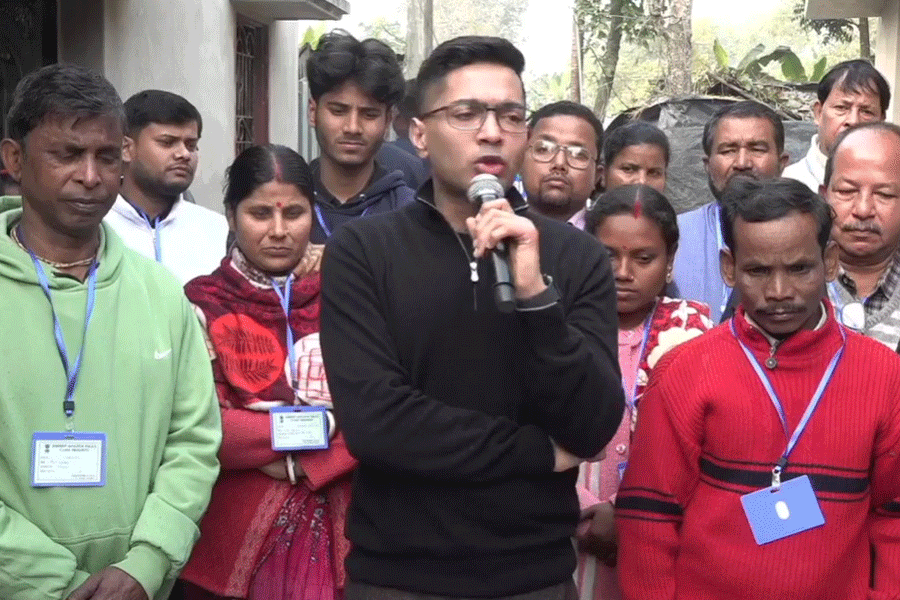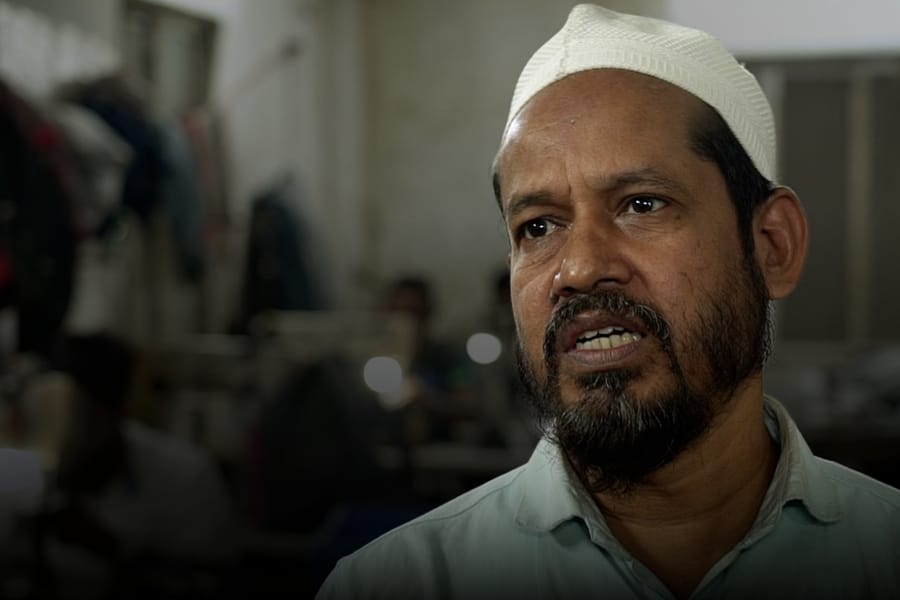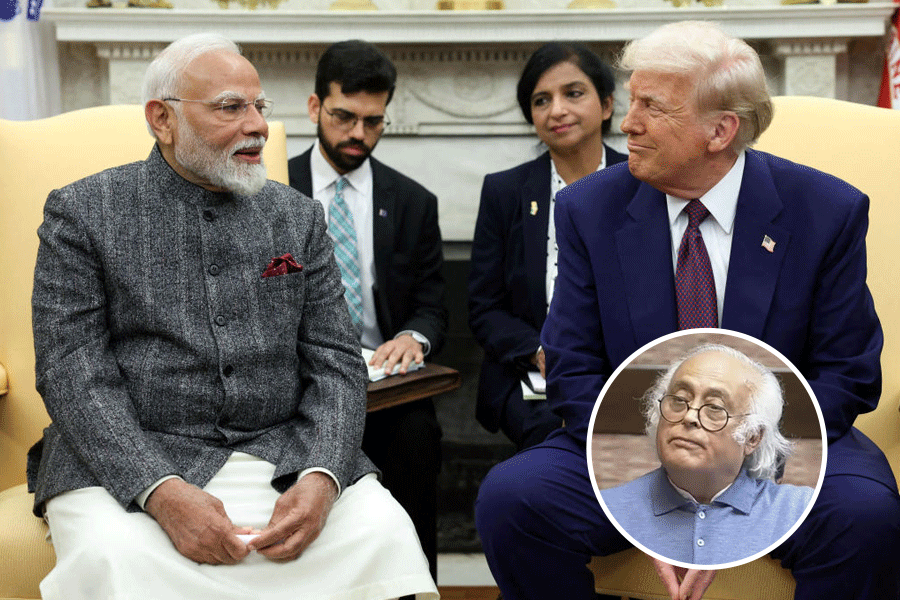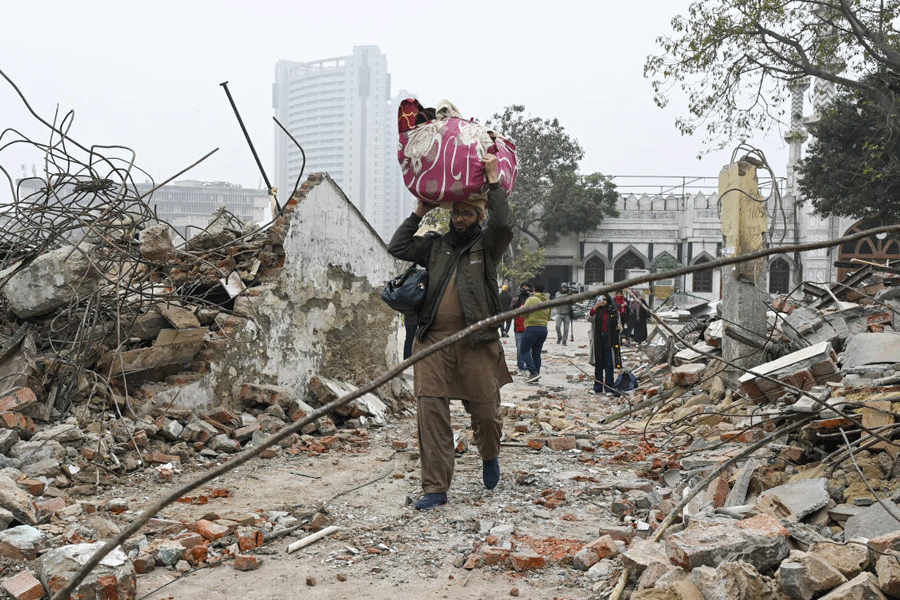CRUSADER’S LIFE

“When it comes to cowardice, you can’t beat an extremist — of any religion,” writes Chidanand Rajghatta, in his fitting tribute to his dear friend Gauri Lankesh, who also happened to be his ex-wife. Documenting the assassination of this firebrand journalist on September 5, 2017, Illiberal India: Gauri Lankesh and the Age of Unreason opens with three email exchanges between the two spanning two years, which speaks volumes about who Gauri was as a person. Finding a pattern in the deaths of rationalists M.M. Kalburgi, Govind Pansare and Narendra Dabholkar, Rajghatta says, “Gauri had taken on some ‘radical’ causes in recent years, including rehabilitation of Naxals, and fighting for Dalit and minority rights and representation. But none of that seemed to be or was deserving of putting her life in cross-hairs.”
Tracing her life and political views, which changed and took shape over the years, the author is honest about his limitations of knowing the protagonist from a very personal angle but that doesn’t deter him from asking what are perhaps the right questions.
Beginning with a moving, personal preface, followed by a very detailed and systematic reporting of the protagonist’s life later, the book comes full circle with a moving tribute.
REDISCOVERING THE CITY OF DELHI

The Forgotten Cities of Delhi by author, scholar and translator Rana Safvi is the second book in the Where Stones Speak trilogy. Tracing the nine capitals, from Tomar to Mughals and later Sur dynasty, that found home in this city, the author explores its nooks and crannies with photographer Syed Mohammad. Filled with pictures of these relics of Delhi — some beautifully restored and maintained, while some in dire need of attention — Safvi’s poetic tryst with the physical map of the city is almost a plea for its well-being. Her descriptive accounts of these monuments and tombs, tracing them down from time of conquest by Mohammad Ghor, helps one understand how truly old and resilient the capital is.
This book is a must-read for art enthusiasts and those who are walking down the streets of Delhi on a sunny, winter day. For others, it is a simple painting worth appreciating.

First published in 1987 in the UK, Delhi & Agra: A Traveller’s Reader collects memories and writings of the residents of the two cities and creates a book that is like a walk down memory lane.
The book covers the Mughal empire and the British Raj to the days of Indian Independence. One will stumble upon an extraordinary tale of a mad man who entered the private apartments of then emperor Akbar II and proceeded to jump off the ‘Kutb-Minar’ in the year 1831, as recorded by Major-General W.H. Sleeman in his book Rambles and Recollections of an Indian Official; or the story of opium cultivation and its uses as observed by Peter Mundy, in the 1600s, in his writings From travels in Europe and Asia.
Edited and introduced by Michael Alexander, Delhi & Agra is a fine companion for a walk alone in Delhi as history comes alive in front of you.

